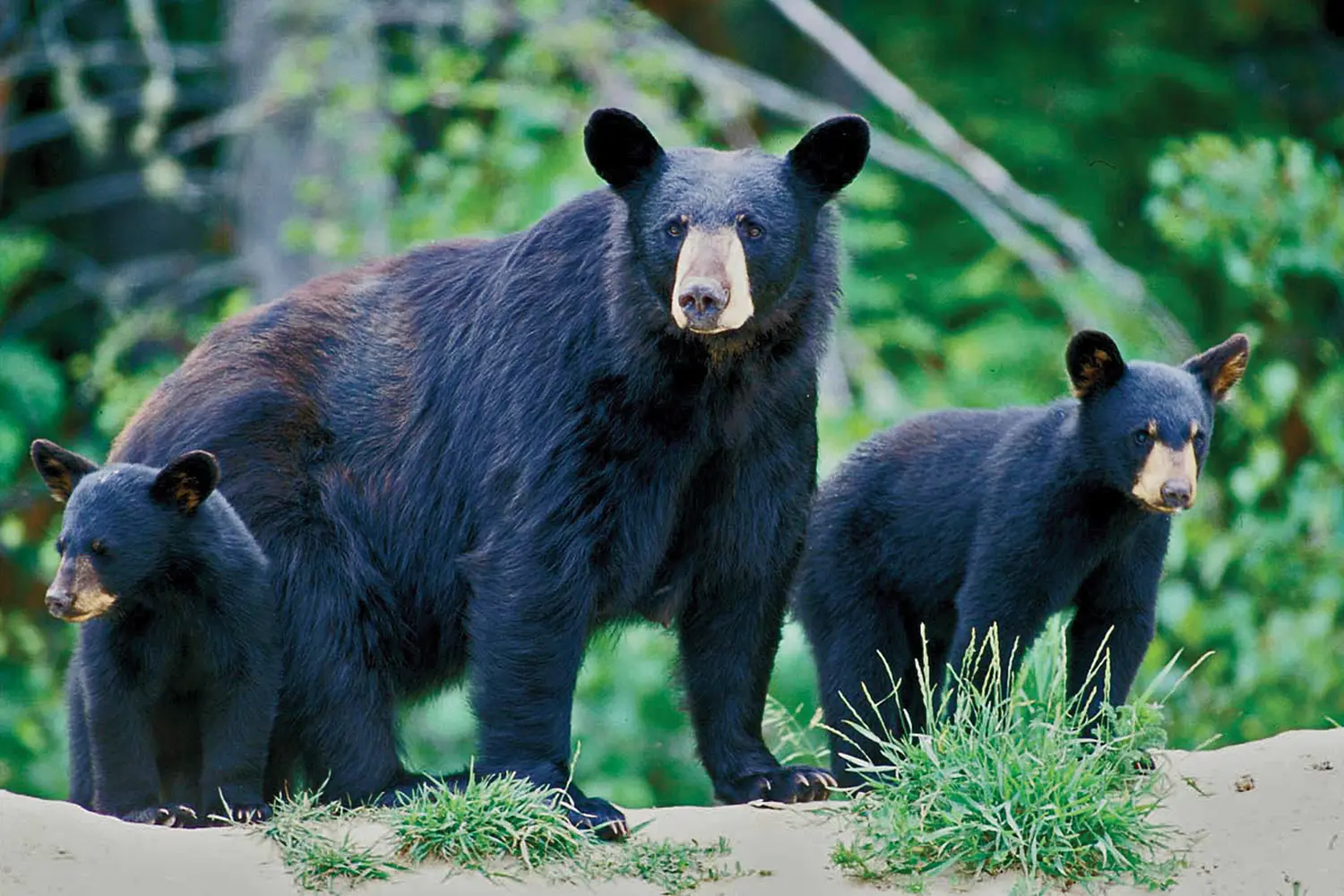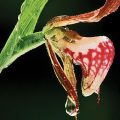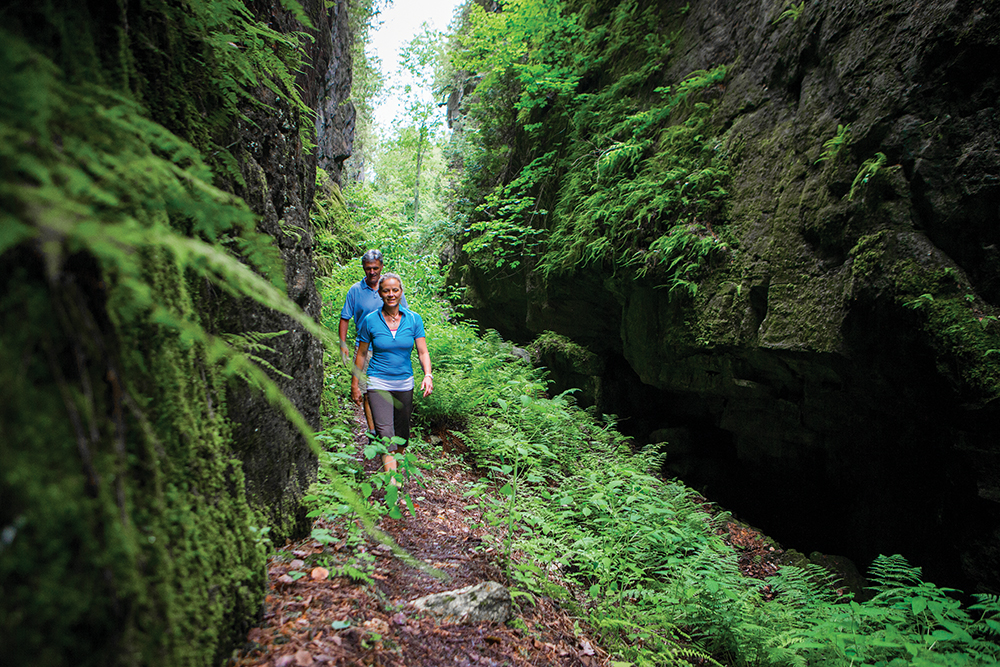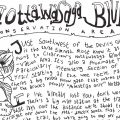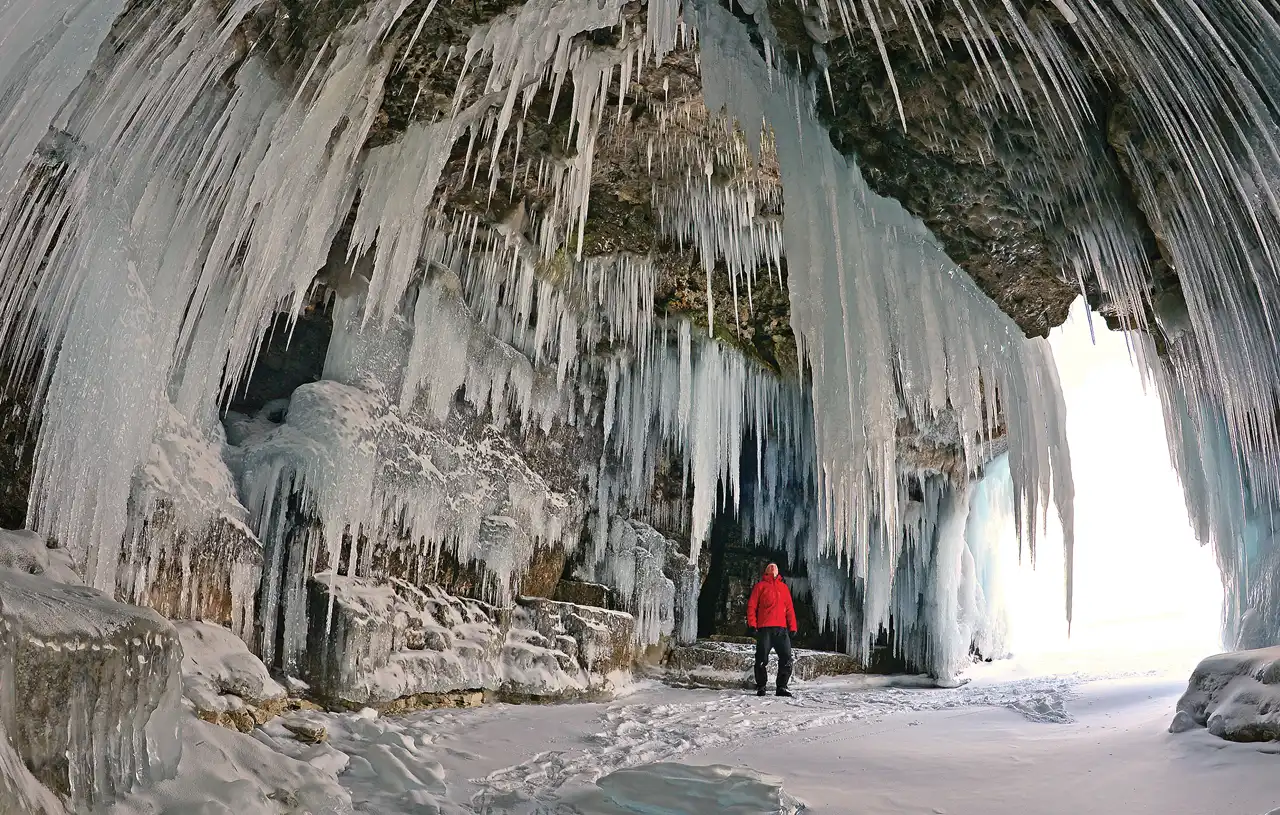A genetically distinct population of black bears faces threats of habitat loss and hunting.
by Roger Klein with notes from Willy Waterton // photography by Willy Waterton

The Saugeen Bruce Peninsula is home to an isolated population of black bears that are genetically distinct from other black bears in the province. There’s a danger they could be extirpated within 50 years, but recent changes to hunting regulations offer some hope.
Research into the peninsula’s black bear populations began in 1998. Parks Canada, the Ontario Ministry of Natural Resources and Forestry (MNRF) and the Saugeen Ojibway Nation (SON) worked together under the leadership of Ontario’s preeminent bear expert Dr. Martyn Obbard to determine how black bears were surviving in the relatively small geographic area.
The original study live-trapped and radio-collared a number of female bears that were tracked by helicopter, leading researchers to the location of the bear’s hibernation dens. In late winter, the mothers and their newborn cubs were tranquilized and carefully removed so measurements could be taken, including blood and hair samples from the adults for DNA analysis. The bear families were then gently returned to their dens, the entrances were covered with brush and the bears closely monitored until they regained consciousness.
The research showed approximately 316 black bears in the region, an isolated population genetically distinct from other black bears in Ontario—and possibly the only black bears in North America that use crevices for denning. Most importantly, these unique bears had a high probability of extirpation within 50 years because of limited habitat inside the Bruce Peninsula National Park. Extirpation leads to range contraction and increased risk of eventual species extinction.
Later surveys in 2012 and 2018 indicated that bear numbers were declining and fewer than 300 bears occupied the entire peninsula. At the same time (2015 to 2019), approximately 30 bears were being harvested annually in the region, according to the MNRF. Baiting is allowed during the spring bear hunt, in which hunters put rotten meat, fruits, honey or fat in a barrel to attract bears to a hunting stand.
In the spring of 1999, the provincial government cancelled the spring bear hunting season while a fall hunting season continued. In 2020, the province reversed course and reinstated the spring hunt, but the spring season was shortened to one week in most of Grey and Bruce counties—this year, May 1 to 7—and the fall hunt was cancelled. As a result, the number of bears being harvested has dropped to an average of 12 per year.
According to the MNRF, bear numbers inside Bruce Peninsula National Park increased by about six percent annually from 2018 to 2022, but the number of bears on the peninsula as a whole is unknown. Further research is needed to determine if this unique population of black bears will survive the next 50 years and beyond.

